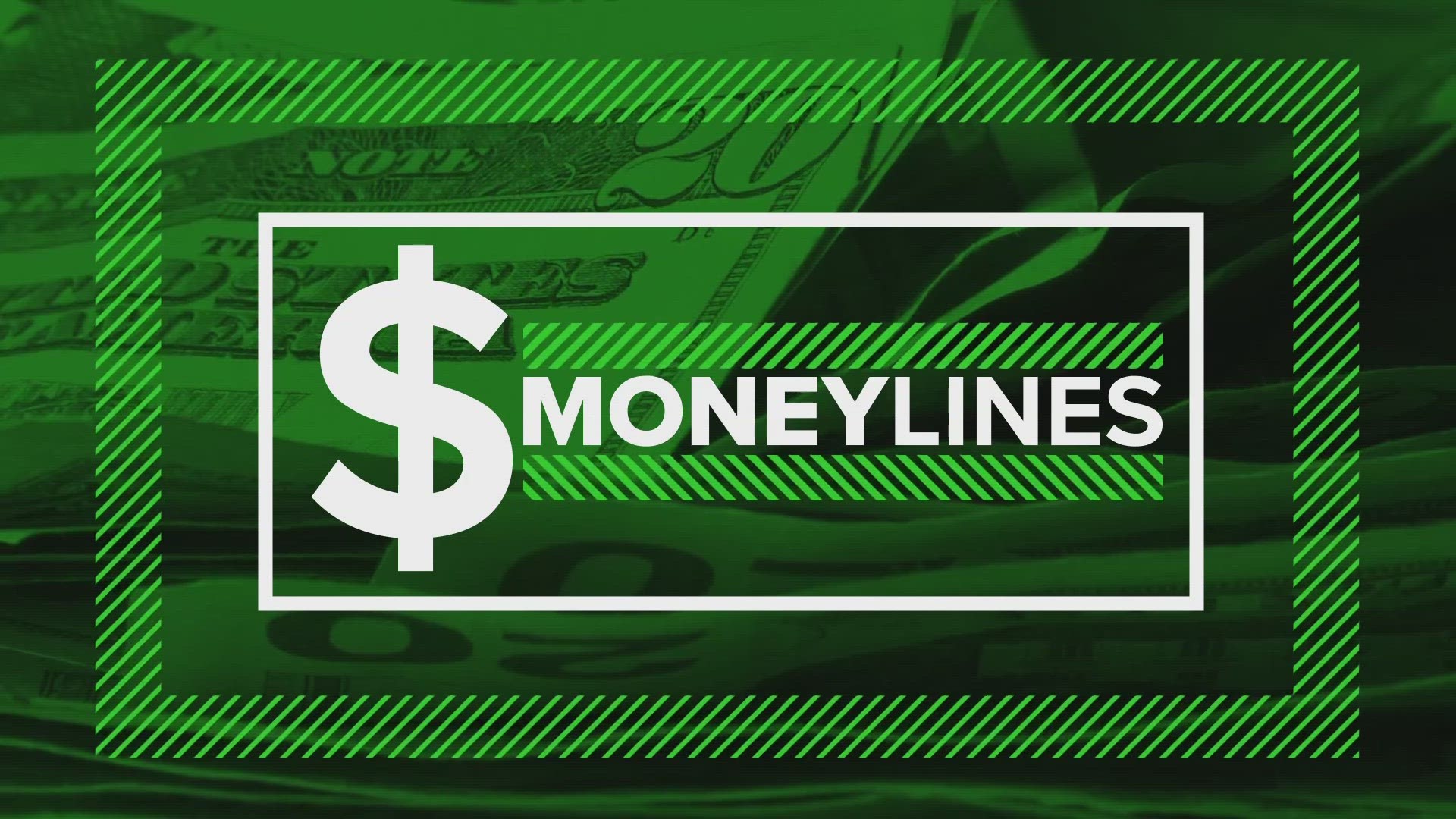WASHINGTON — The U.S. Department of Education has confirmed that student loan payments will be due again in October, restarting loans that have been frozen since March 2020.
A notice at the top of the federal government's student aid website confirmed when student loan payments would resume.
"Congress recently passed a law preventing further extensions of the payment pause," the statement reads. "Student loan interest will resume starting on Sept. 1, 2023, and payments will be due starting in October. We will notify borrowers well before payments restart."
The pandemic-era pause on both payments and the accumulation of interest on those deferred payments has been extended eight times in the past three years as the country grappled with the COVID-19 virus.
But with the pandemic largely in the rearview for the U.S., the Biden administration confirmed earlier this year that the eighth pause would be the last.
When does the student loan pause end?
For a time, there was some ambiguity over when student loan payments would resume. The Biden administration previously said that the pause would end 60 days after June 30 (Aug. 29) or 60 days after the Supreme Court ruled on the administration's student loan forgiveness program — whichever came first.
The debt ceiling deal Biden and House Speaker Kevin McCarthy reached solidified that the student loan payment pause will end 60 days after June 30, 2023, according to the bill’s text.
When are student loans due?
The new dates provided by the Department of Education confirm that interest will kick in starting Sept. 1, but borrowers won't need to make payments until October.
The department didn't provide a specific date for payments to begin in October.
In an emailed statement, a spokesperson for the DOE said the Biden administration was still working to ease the transition back to monthly payments for millions of Americans. The statement said the administration would be in touch directly with borrowers and loan providers ahead of October.
What happened with student loan forgiveness?
The statement also highlighted the administration's plan — currently on hold as the Supreme Court decides on its legality — to erase up to $20,000 in student debt for millions of borrowers.
The plan President Joe Biden announced last August would cancel $10,000 in federal student loan debt for those earning less than $125,000 or households with less than $250,000 in income. Pell Grant recipients, who typically come from lower-income households, would receive an additional $10,000 in debt forgiveness, for a total of $20,000.
Federal student loans taken out for both undergraduate and graduate school, including Graduate PLUS loans, can qualify for forgiveness under the plan.
Borrowers qualify if their federal student loans were disbursed before July 1, 2022.
The federal government believes 40 million Americans could be eligible for the forgiveness plan, and nearly half of those people could have their federal student debt wiped out entirely.
It's unclear when the Supreme Court will rule on the case. The court usually recesses for the summer sometime in late June or early July, but beyond that there is no deadline for the court to decide how the student loan forgiveness case will play out.

